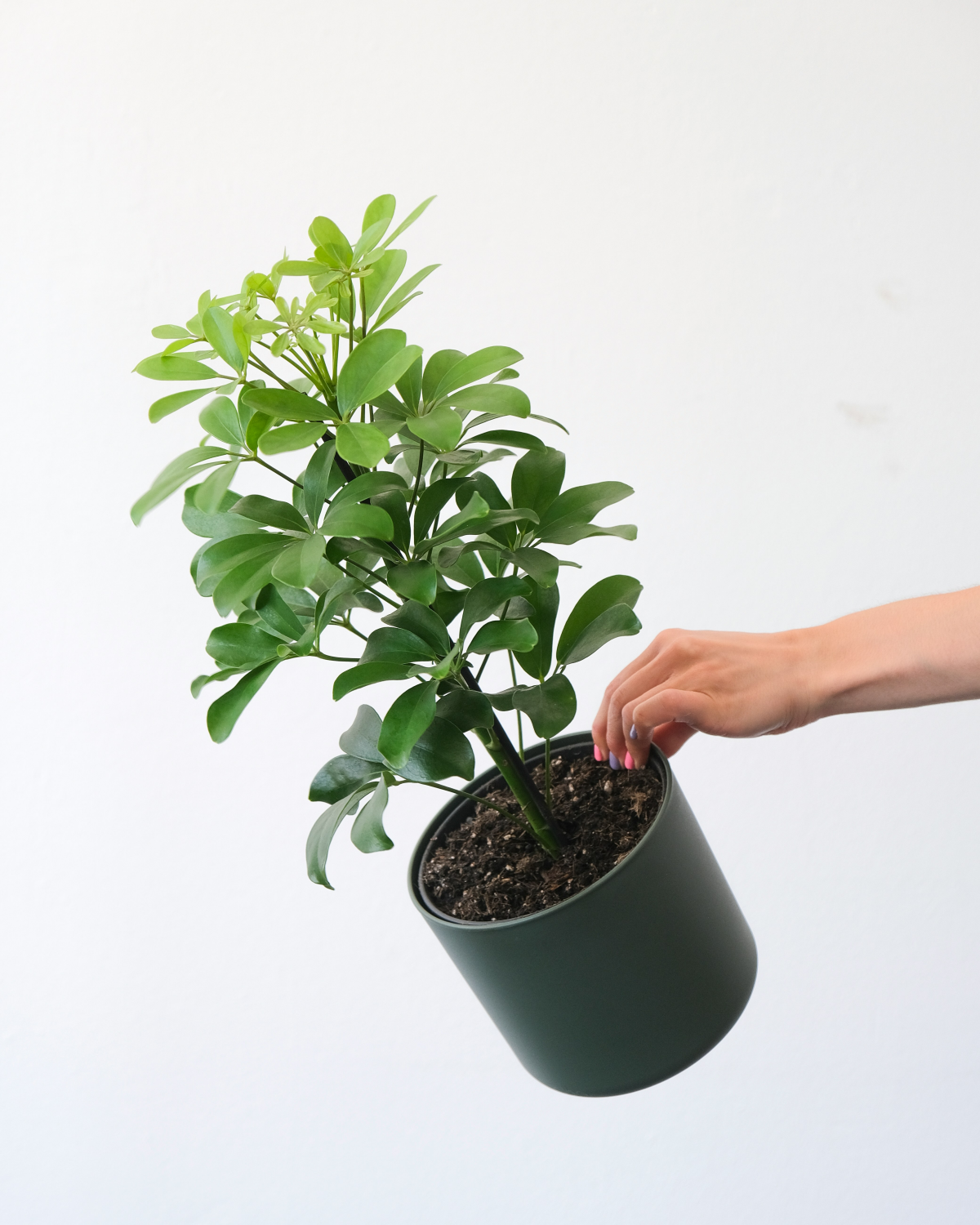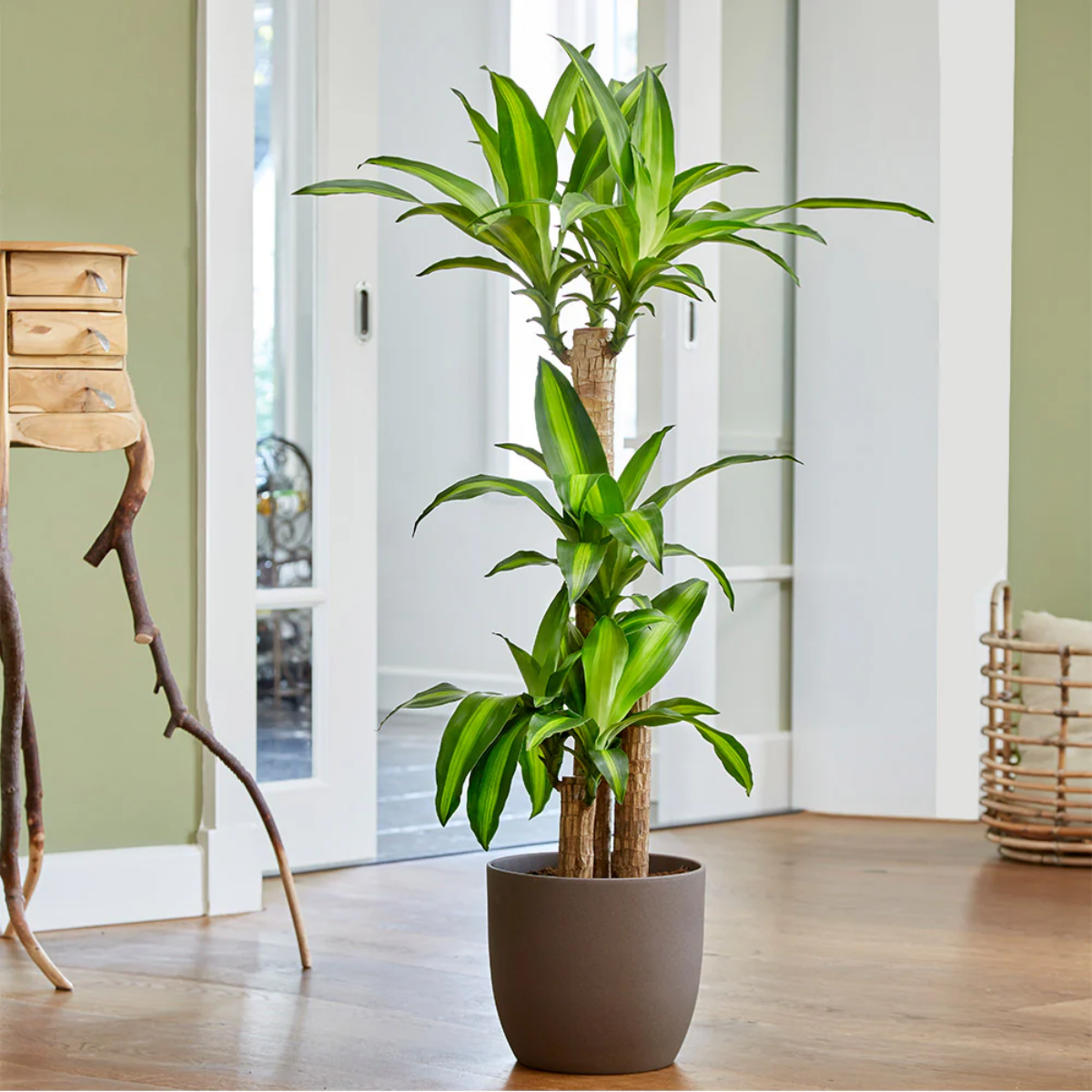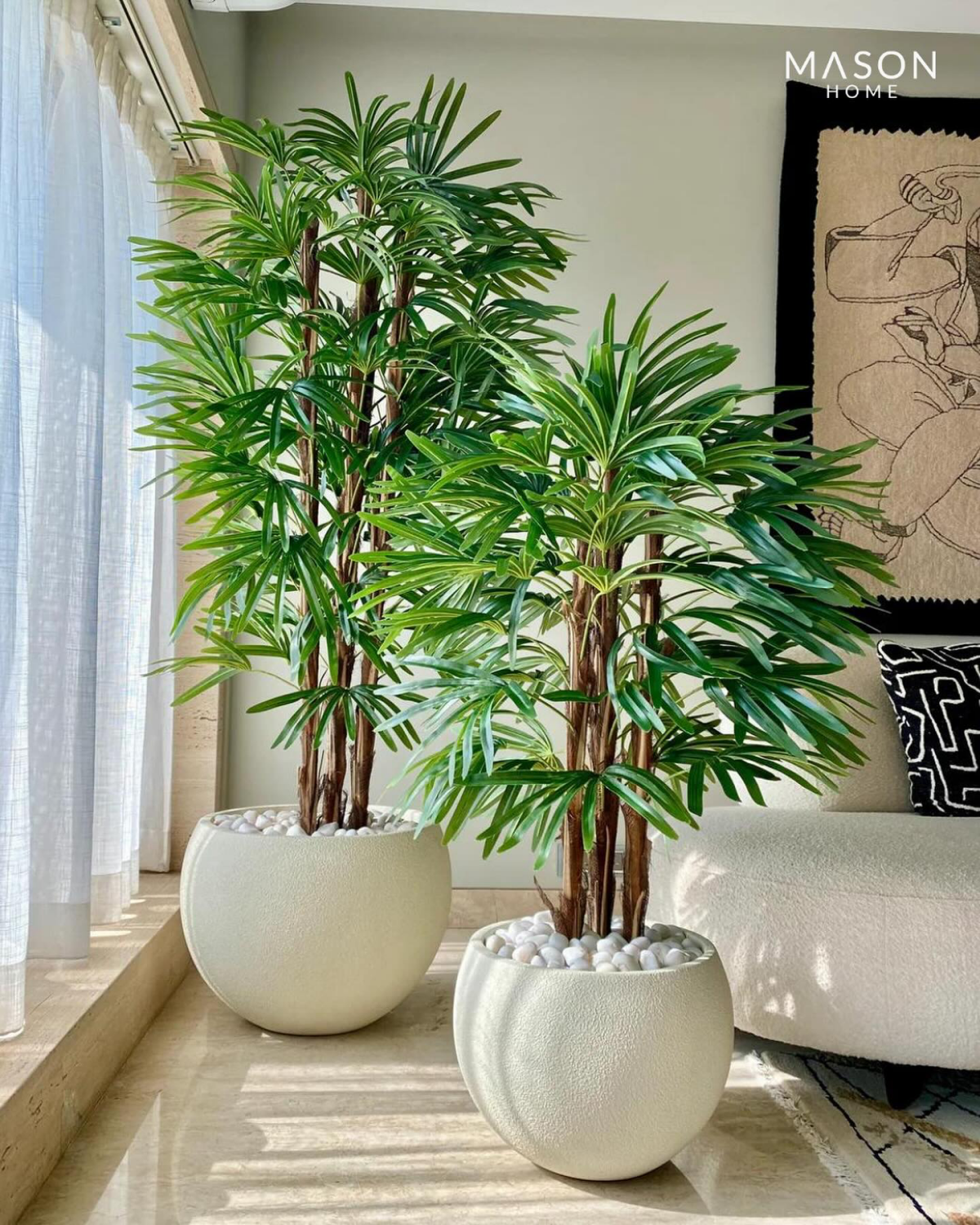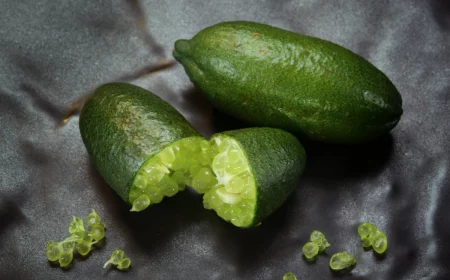So, You Want a Giant Houseplant? Read This Before You Buy
I’ve spent years working with indoor plants in all sorts of spaces, from cozy apartments to massive corporate lobbies, and let me tell you—a tall plant isn’t just a bigger version of your desk succulent. It’s living architecture. I’ll never forget the time we placed two towering Fiddle Leaf Figs in a stark, modern lobby. The space was all stone and glass, beautiful but honestly, a bit cold. The moment those plants were in place, the entire room started to breathe. They softened the harsh lines and made the high ceiling feel grand instead of just empty. That’s the magic of a big, statement plant.
In this article
But let’s be real. A lot of people fall in love with the idea of a huge plant without understanding the commitment. These beauties are an investment—in money, in space, and in your time. They aren’t a ‘set it and forget it’ piece of decor. My goal here is to give you the practical, no-nonsense advice I share with my own clients, so you can choose the right plant and actually keep it alive.
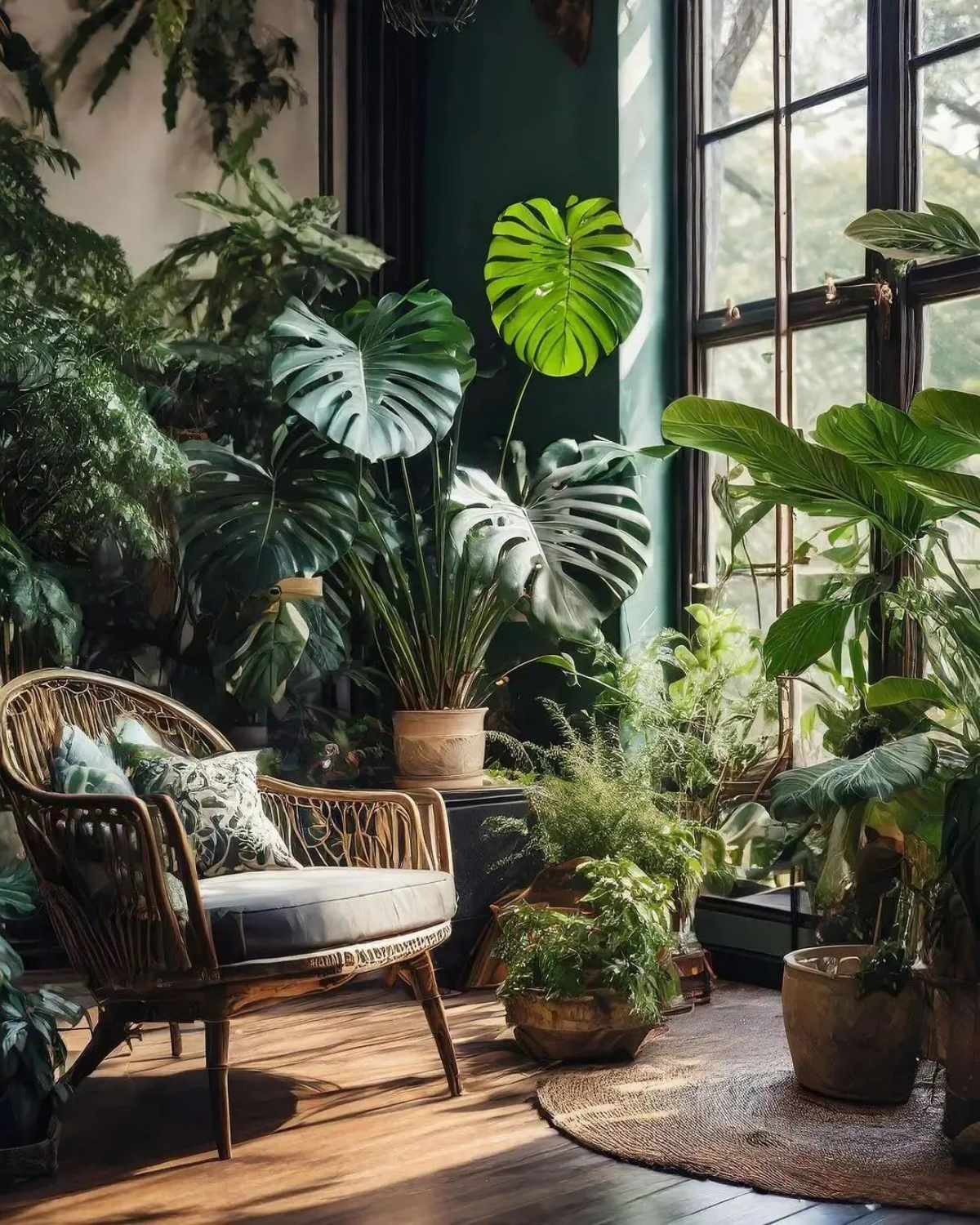
First Things First: The Real-World Stuff Nobody Talks About
Before we even get to the fun part of picking a plant, we need to cover the logistics. Getting this right from the start will save you a world of headache (and heartache).
The Money Talk
Let’s not beat around the bush: large plants are expensive. The sticker shock is real. For a healthy, good-looking plant that’s around 5-6 feet tall, you should expect to pay anywhere from $150 to $400 from a reputable nursery. And that’s just for the plant itself! A decent decorative pot that’s big enough (say, 14-16 inches in diameter) can easily add another $50 to $150 to your bill. It’s an investment, so you want to protect it.
Getting Your New Friend Home
So you’ve found the perfect plant. Now what? Getting a 7-foot tree through your front door is no small feat. Before you even swipe your card, measure your doorways, hallways, and any tight corners. I’ve seen people get a plant all the way home only to realize it won’t fit. Oh yeah, and they’re HEAVY. A large plant in a pot with damp soil can weigh a ton. This is almost always a two-person job, and a small furniture dolly, which you can rent for cheap, is your best friend. A simple trick I use is to slide the plant on an old blanket or rug to avoid scratching the floors.
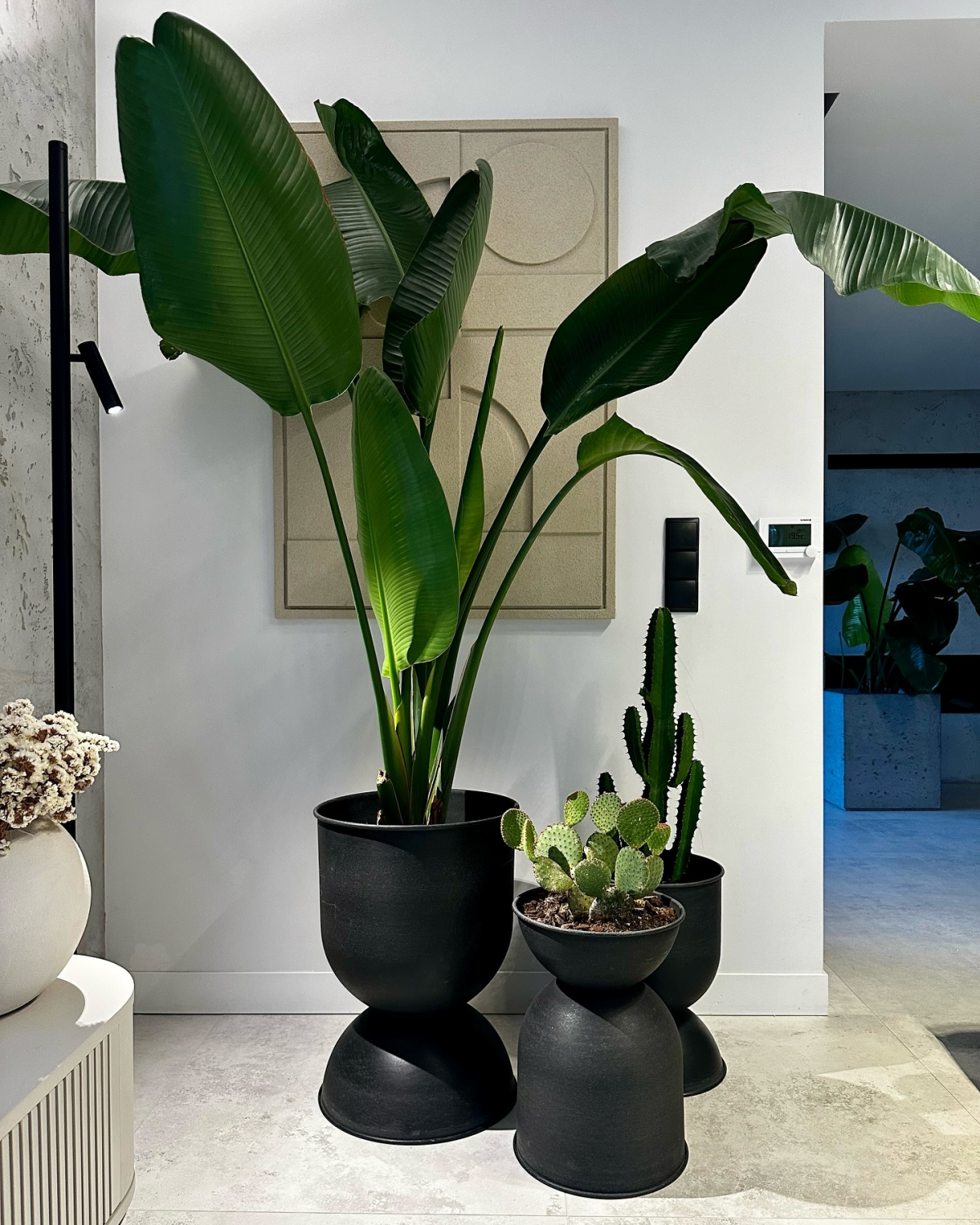
Where to Shop?
You’ve got a few options, each with pros and cons:
- Local Nurseries: This is my top pick. You get to see the exact plant you’re buying, the quality is usually higher, and you can ask knowledgeable staff for advice. It’s often the priciest option, but you’re paying for quality and expertise.
- Big-Box Stores (like Home Depot or Lowe’s): You can find some amazing deals here, but it’s a bit of a gamble. The plants might be stressed from inconsistent care. Inspect them very carefully for pests or signs of distress before buying.
- Online Retailers: Super convenient, but you can’t inspect the plant beforehand. Stick to reputable sellers with good reviews and a solid return policy. Shipping a huge plant is tricky, so be prepared for some potential transit shock and a few dropped leaves upon arrival.
The Fundamentals: Light, Water, and Why Size Matters
Okay, with the practical stuff out of the way, let’s talk about keeping your plant happy in its new home. The pros assess a space before they even think about a plant, and you should too.
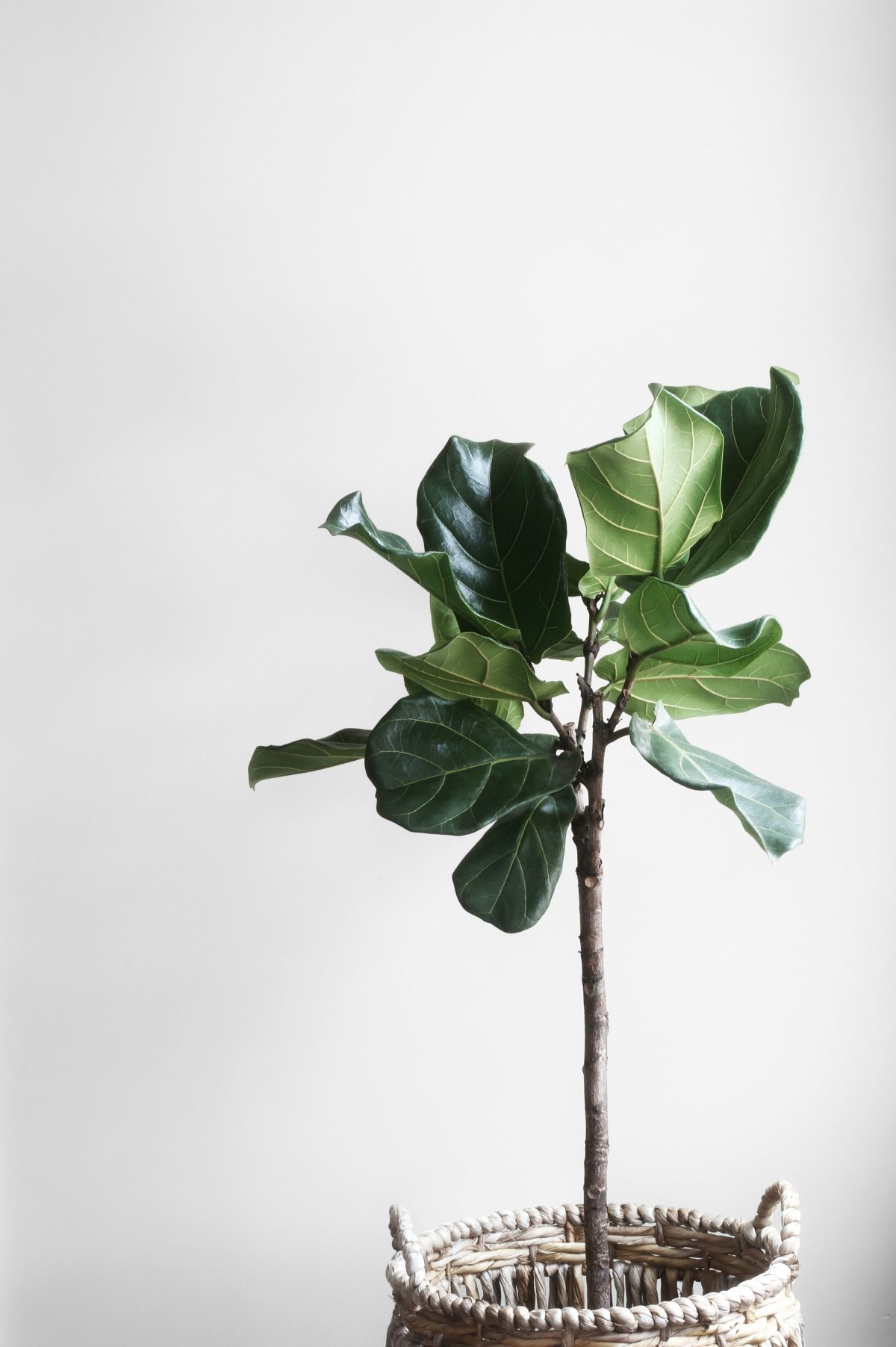
What ‘Bright, Indirect Light’ Actually Means
This is the most misunderstood phrase in the plant world. It’s not just a suggestion; it’s a specific amount of light. Here’s a super simple test: on a bright day, stand where you want to put the plant and hold your hand up. Look at its shadow on the wall.
- Clear shadow with soft edges? That’s your bright, indirect light. It’s the sweet spot for statement plants like a Fiddle Leaf Fig or Bird of Paradise. You’ll find this light a few feet from a south or west-facing window, or right up against an east-facing one.
- Fuzzy, blurry shadow? That’s medium light. Good for a ZZ Plant or a Snake Plant.
- Barely a shadow at all? That’s low light. And be warned: ‘low light tolerant’ means a plant can survive there, not thrive. It probably won’t grow much, if at all.
Stop Drowning Your Plants: The Art of Watering
More big plants die from overwatering than anything else. Period. When soil stays soaked, the roots can’t get oxygen, and they start to rot. It’s a silent killer.
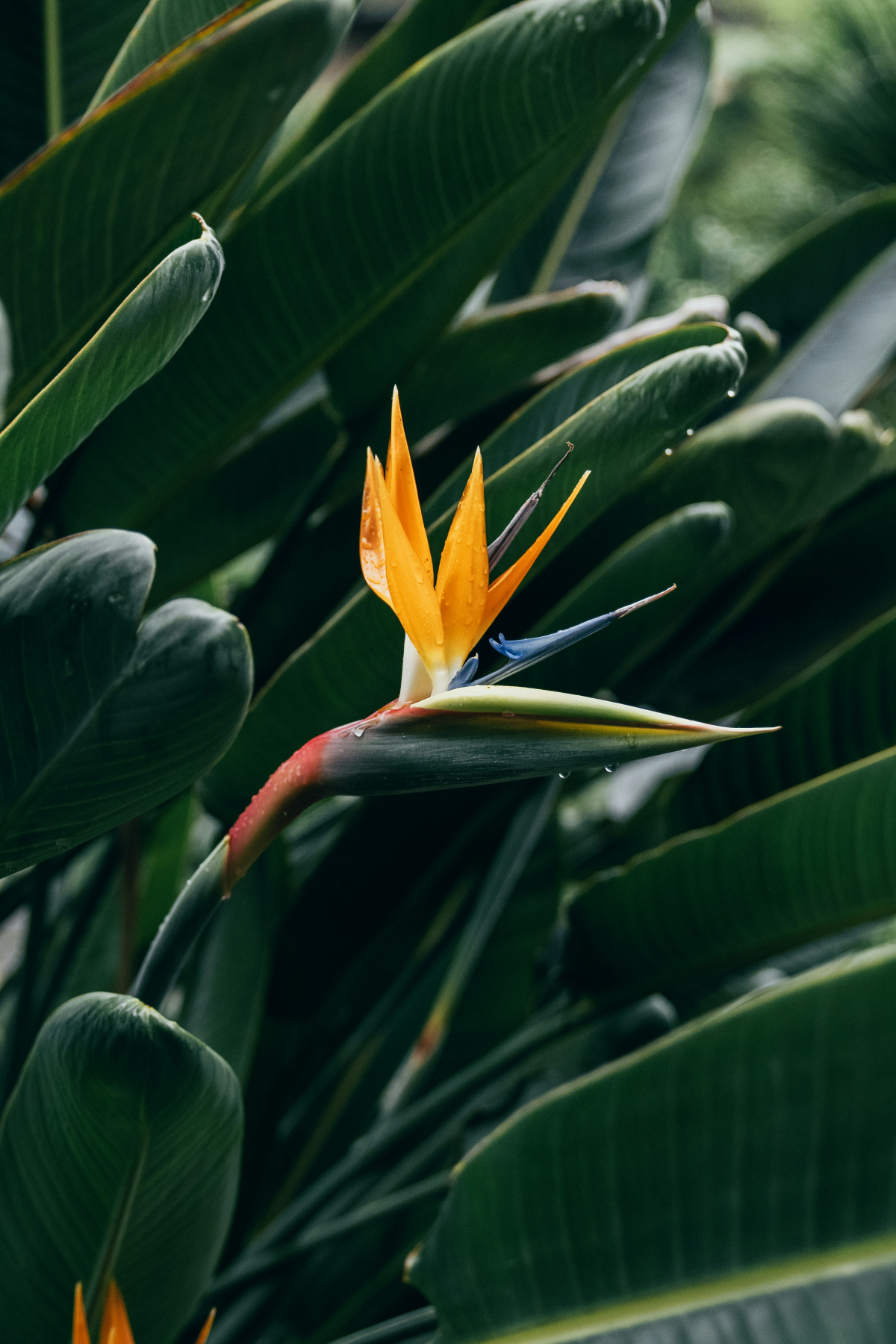
The solution? Stop watering on a schedule. Water when the plant actually needs it. Stick your finger or a cheap wooden dowel a few inches into the soil. If it comes out with damp soil stuck to it, wait. If it comes out mostly clean and dry, it’s go-time.
When you do water, do it thoroughly. Pour water slowly over the entire soil surface until it drains freely from the bottom. This ensures all the roots get a drink. And for the love of all that is green, empty the saucer afterward! Letting a plant sit in a puddle of water is the fastest ticket to root rot. If you’re using a decorative pot without a hole (we call it a cachepot), just keep the plant in its plastic nursery pot and place it inside. You can pop it out to water or put some bricks in the bottom of the cachepot so the plant is never sitting in water.
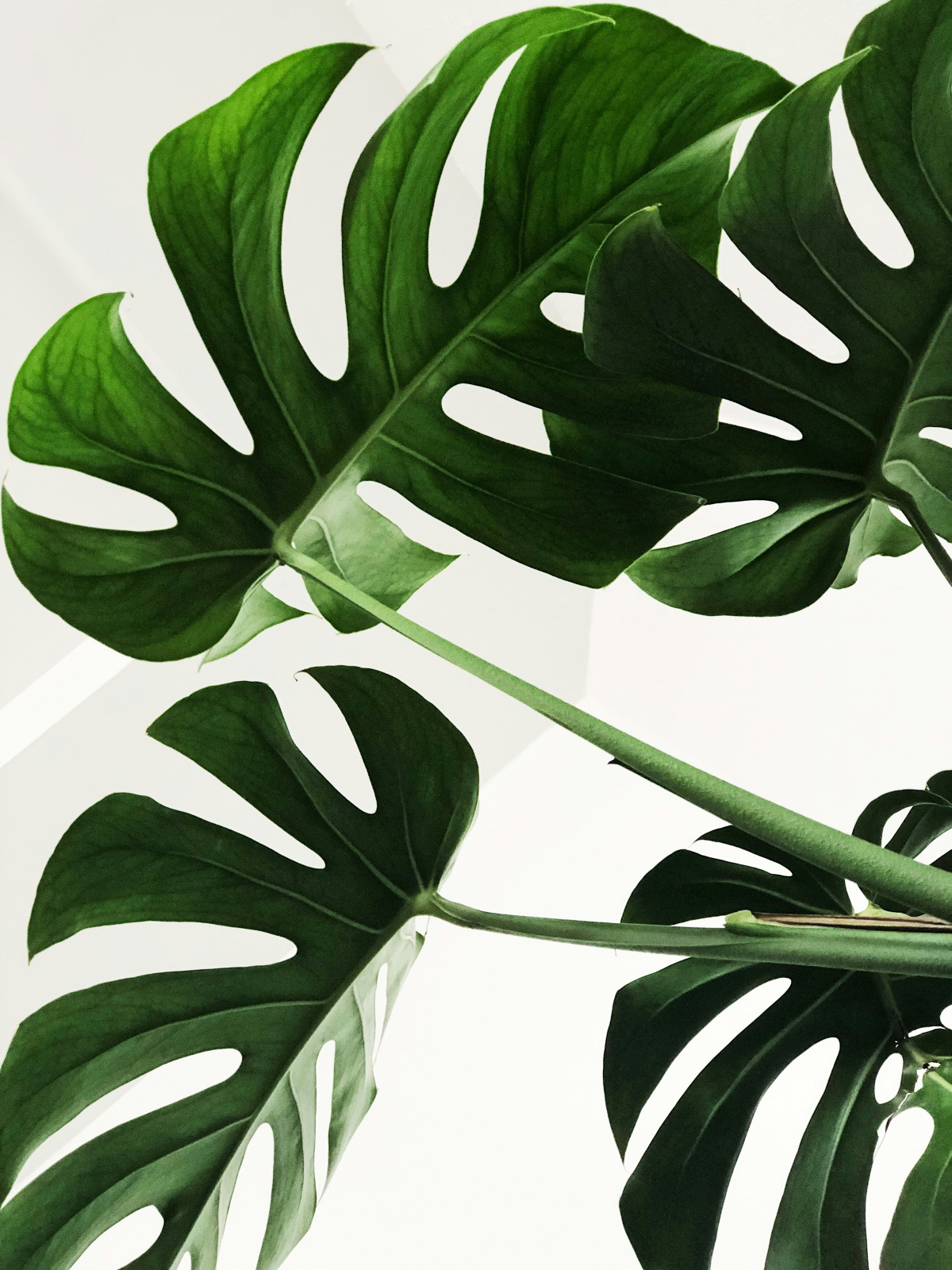
My Go-To Picks for Dependable Large Plants
Instead of a giant list, here are a few that I’ve found to be reliable, impressive, and (mostly) manageable. I’ve broken them down by the light they need.
For Those Bright, Sun-Dappled Spots
1. Fiddle Leaf Fig (Ficus lyrata)
Everyone wants one, but they are divas. Those huge leaves are stunning, but this is not a beginner’s plant. They HATE having wet feet, so I use a super chunky soil mix: about 2 parts potting mix, 1 part perlite, and 1 part orchid bark. This keeps the water flowing. Let the top 2-3 inches of soil get completely dry before you even think about watering. A common problem is brown spots. If you see crispy brown spots in the middle of a leaf, you’re probably overwatering. Crispy edges? It’s likely a cry for more humidity—try grouping it with other plants or using a small humidifier nearby. Quick tip: To encourage that classic ‘tree’ shape, you have to prune the top. It feels scary, but it’s the only way to get it to branch out.
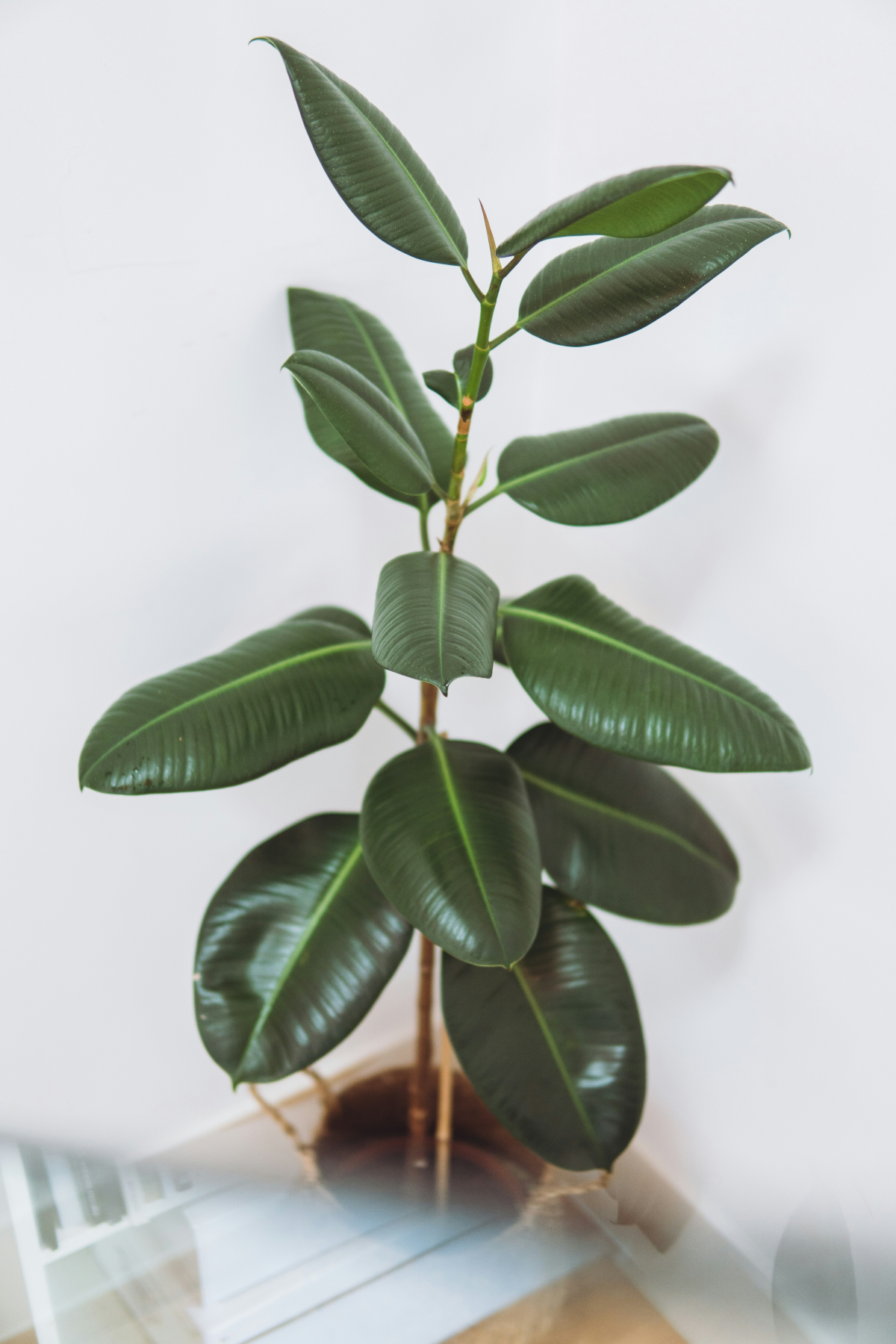
Good to know: Toxic to cats and dogs if they chew on it. Cost-wise, expect to pay on the higher end, around $200-$400 for a 5-foot tree.
2. White Bird of Paradise (Strelitzia nicolai)
More forgiving than the Fiddle Leaf, this one gives you a lush, tropical vibe with its massive, banana-like leaves. It loves light and can even handle a bit of direct sun. It’s also a hungry plant, so during spring and summer, feed it with a balanced liquid fertilizer every few weeks. The leaves will naturally split over time—that’s totally normal, not a sign you’re doing something wrong! However, they are dust magnets. Wipe them down with a damp cloth once a month to keep them looking sharp and breathing easy.
Good to know: Mildly toxic to pets. Don’t expect the famous orange flower; that’s a different, smaller species. You’re buying this one for the foliage. Prone to spider mites, so check for webbing! A 5-6 foot specimen typically runs $175-$350.

3. Rubber Plant (Ficus elastica)
A total classic for a reason. It’s sturdy and comes in gorgeous varieties. If you want it to look like a full tree, you have to prune it. Just snip off the very top growth tip, and it will start branching from the sides. Heads up: When you cut it, a sticky white sap will leak out. It can irritate your skin and stain floors, so wear gloves and put a towel down before you start snipping. The soil needs for this one are pretty standard, but adding some perlite for extra drainage is always a good idea.
Good to know: That sap makes it toxic to pets and people if ingested. A great mid-range option, usually $150-$250 for a nice-sized one.
For Those Less-Than-Perfect, Lower-Light Areas
4. Snake Plant (Dracaena trifasciata)
This plant is tough as nails. Its upright, architectural leaves are perfect for adding height without taking up a lot of floor space. Honestly, the only way to kill it is by overwatering. It’s a succulent, so it stores water in its leaves. In a lower-light spot, you might only water it every 6-8 weeks, especially in winter. Wait until the soil is bone dry. They also love being crowded in their pot, so don’t be in a hurry to repot.
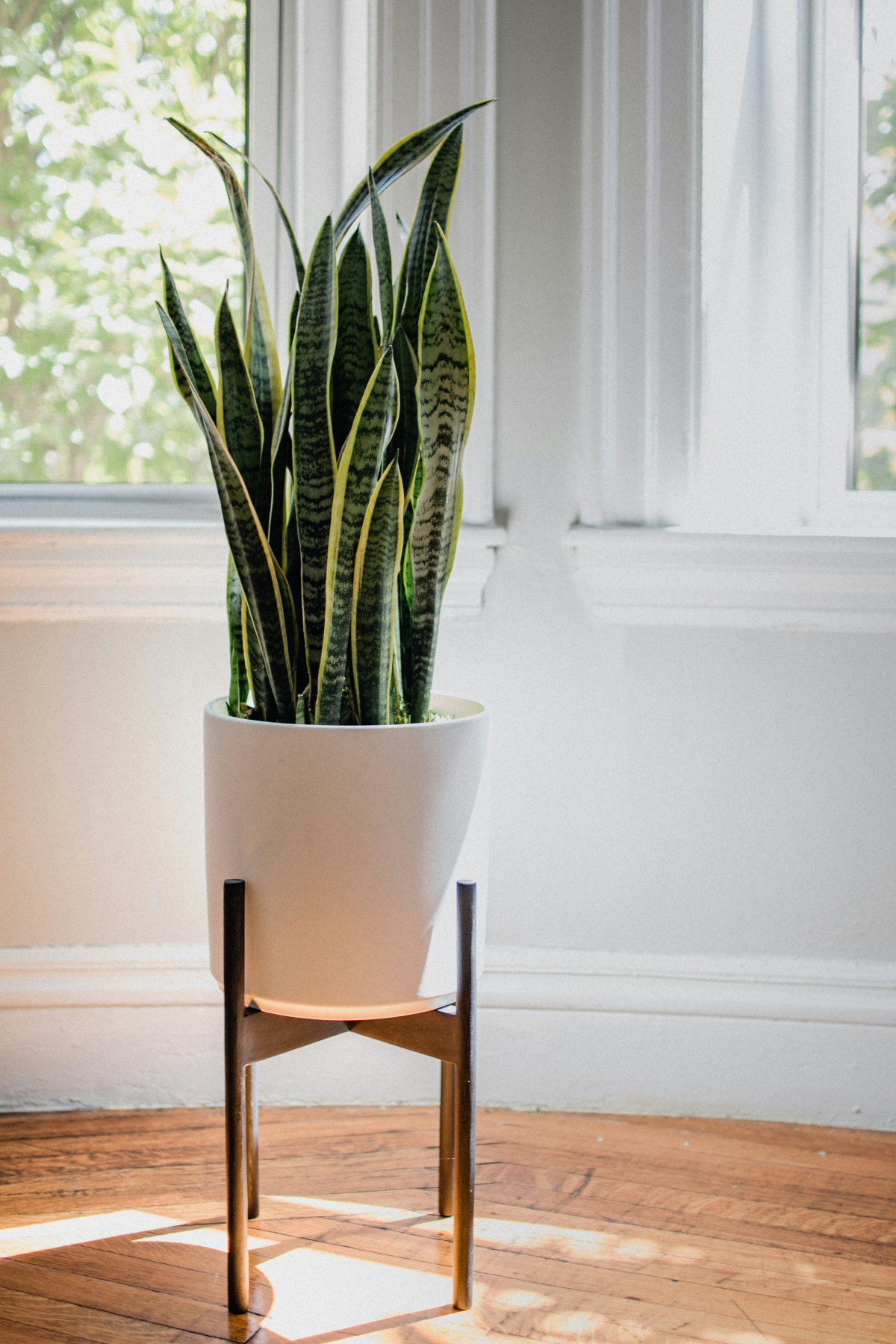
Good to know: Toxic to pets. It will survive in low light but thrives in medium light. This is one of the most budget-friendly large plants, often found for under $100.
5. ZZ Plant (Zamioculcas zamiifolia)
Nearly as indestructible as the Snake Plant, with glossy leaves that look fantastic in modern spaces. The secret to its survival is underground: it grows from big, potato-like rhizomes that store a ton of water. This makes it incredibly drought-tolerant but also very susceptible to rot from overwatering. If you see multiple stems turning yellow, you’re being too kind with the water—back off immediately! It’s also a very slow grower, so buy the size you want. Don’t expect a small one to get huge anytime soon.
Good to know: All parts are toxic if ingested, so wear gloves when repotting. A great value plant, usually in the $100-$175 range for a substantial size.
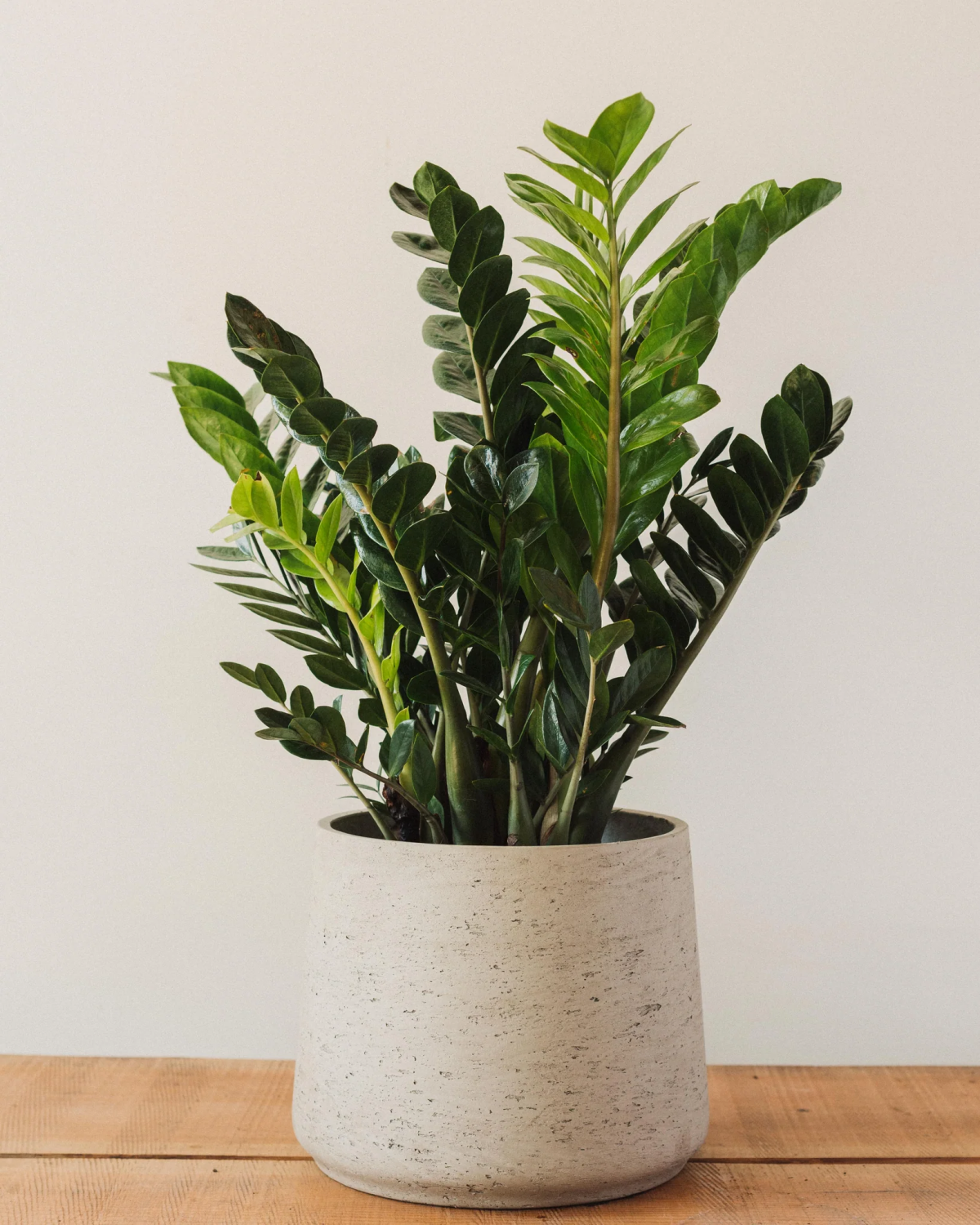
Advanced Moves: Pests and Repotting a Beast
Eventually, you’ll have to deal with more than just watering. When a plant comes home from a perfect greenhouse, it can go into shock and drop some leaves. Don’t panic! Just put it in its spot and keep its care consistent. It needs a few weeks to adjust.
For pests like spider mites (fine webbing under leaves) or mealybugs (little white cottony specks), your first line of defense is a good shower. Blast as many off as you can. Then, follow up with a spray of insecticidal soap or neem oil, making sure to coat the entire plant. You’ll have to repeat this every week for a few weeks to get them all.
As for repotting, don’t do it unless you have to—like when roots are growing out the bottom or it’s constantly tipping over. It’s a huge job. When you do, only go up one pot size (from a 12-inch pot to a 14-inch, for example). And remember that weight issue we talked about? This is a two-person job. A freshly watered, repotted plant is seriously heavy. Take your time.
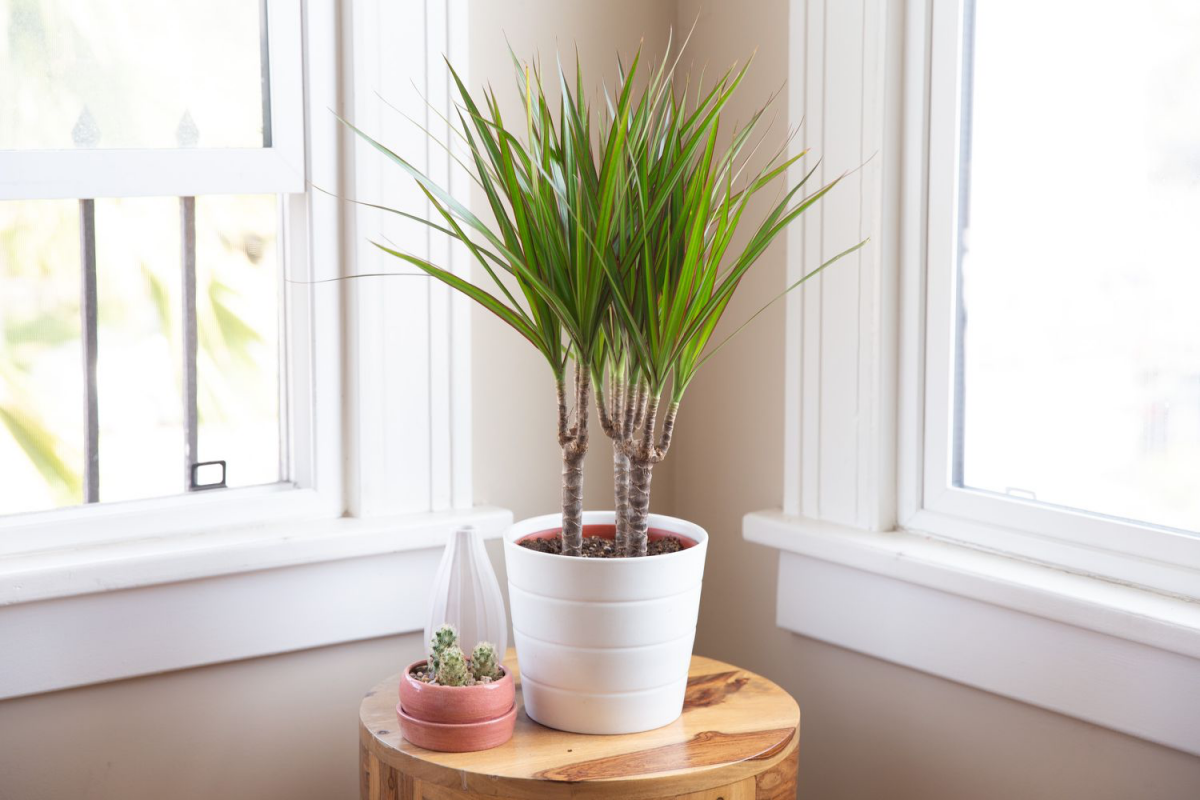
At the end of the day, these plants are living things. They’ll change with the seasons and communicate with you through their leaves. Learning to read their signals is the real joy of it. It’s a challenge, for sure, but the incredible presence a large plant brings to your home is worth every bit of the effort.
Galerie d’inspiration
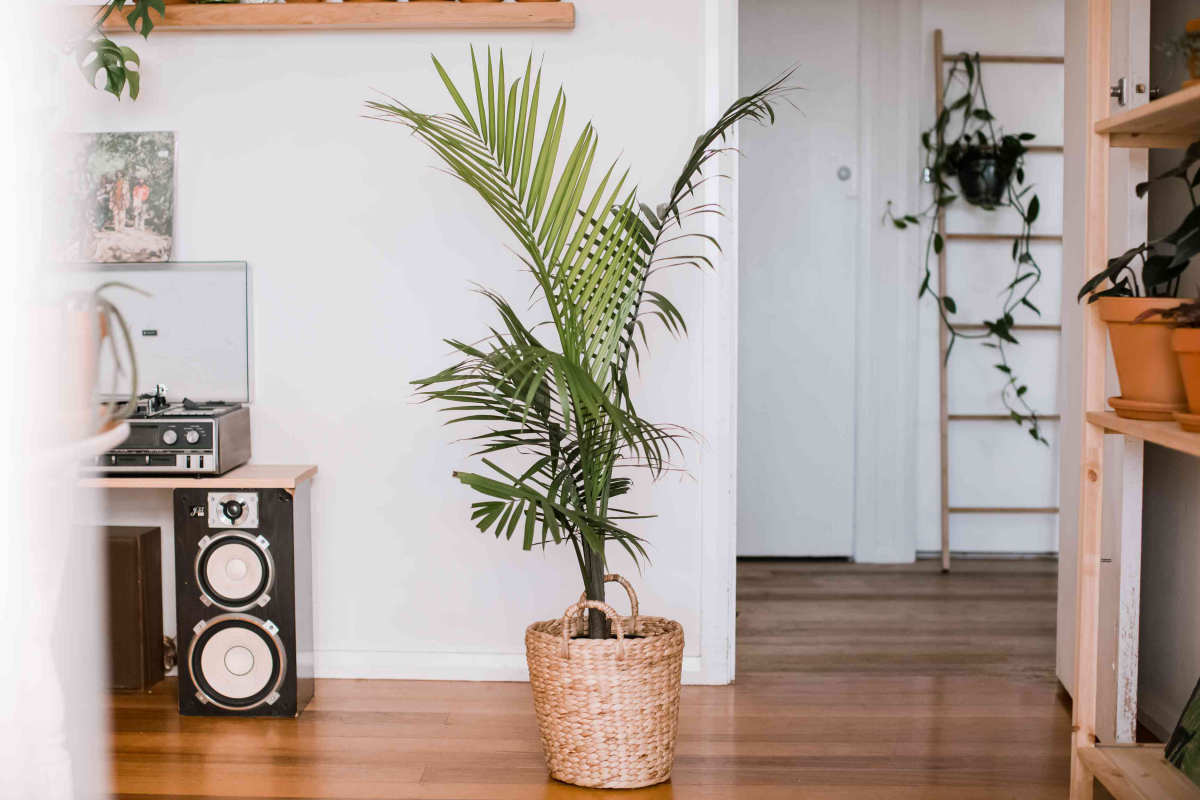
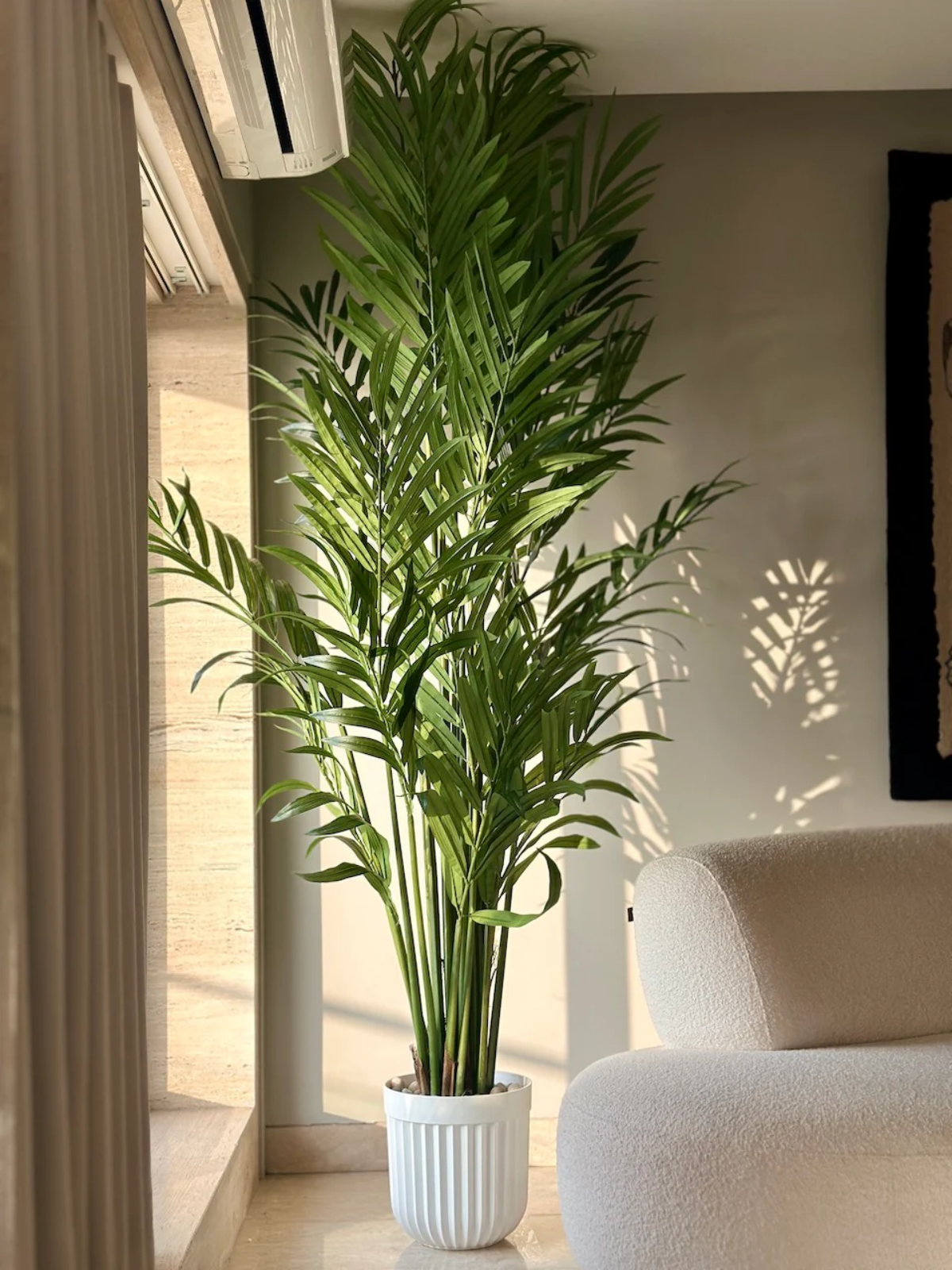
The Royal Horticultural Society has found that large-leafed plants, like the Fiddle Leaf Fig or Monstera Deliciosa, can significantly reduce indoor noise levels by absorbing and deflecting sound waves.
In practice, this means placing a substantial plant in a room with hard floors or high ceilings doesn’t just add visual softness; it can genuinely dampen echo and create a more serene, quiet atmosphere. It’s a natural acoustic panel that also happens to be beautiful.
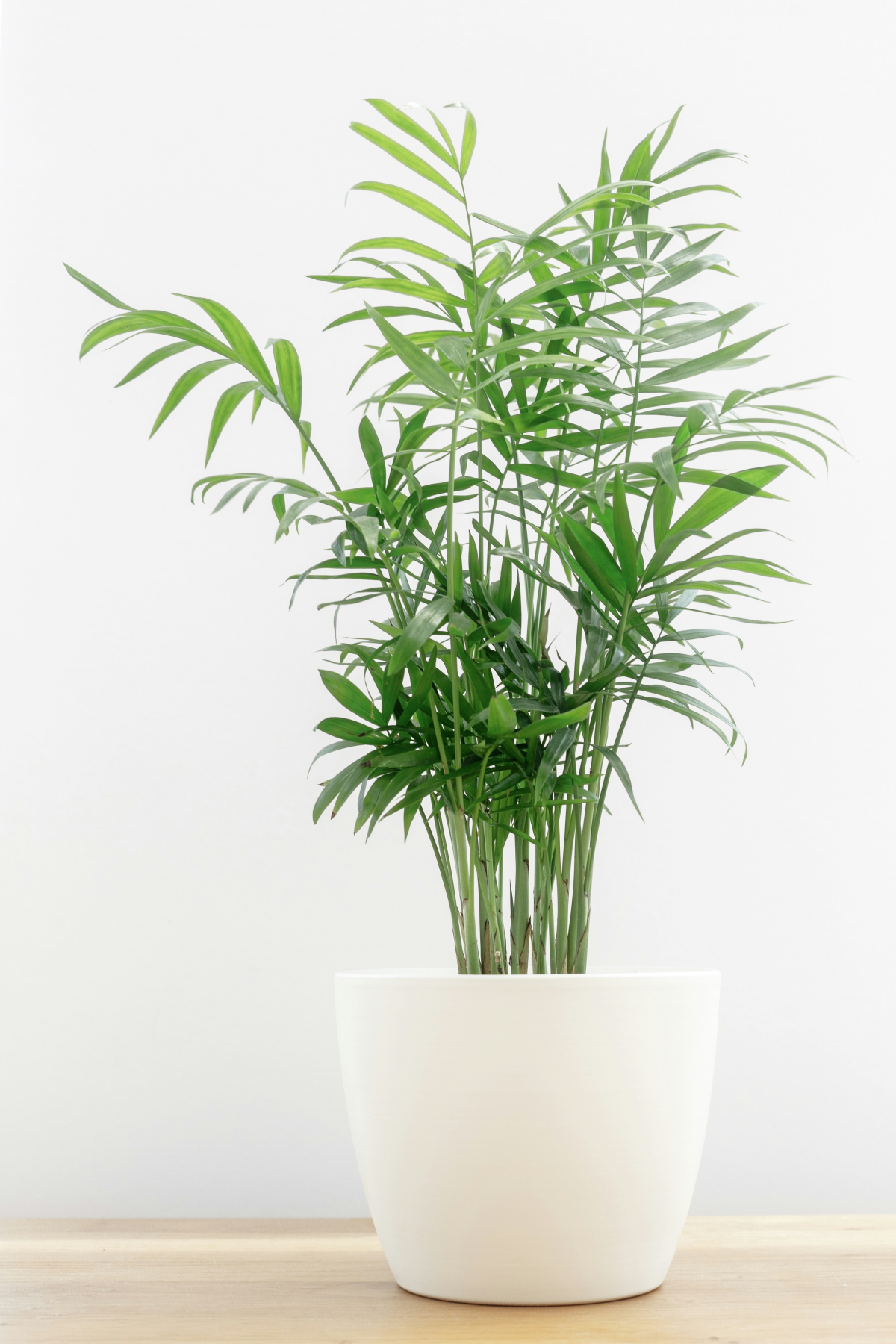
The Fiddle Leaf Fig (Ficus lyrata): The darling of Instagram, known for its huge, violin-shaped leaves. It demands bright, indirect light and hates being moved. It’s a stunning but notoriously fussy drama queen.
The Bird of Paradise (Strelitzia nicolai): Offers a more tropical, relaxed vibe with its massive, paddle-shaped leaves that may naturally split. It’s far more forgiving, tolerates a wider range of light conditions, and grows quickly, making it a great ‘starter’ giant.
For a reliable statement piece with less stress, the Strelitzia is often the wiser choice.
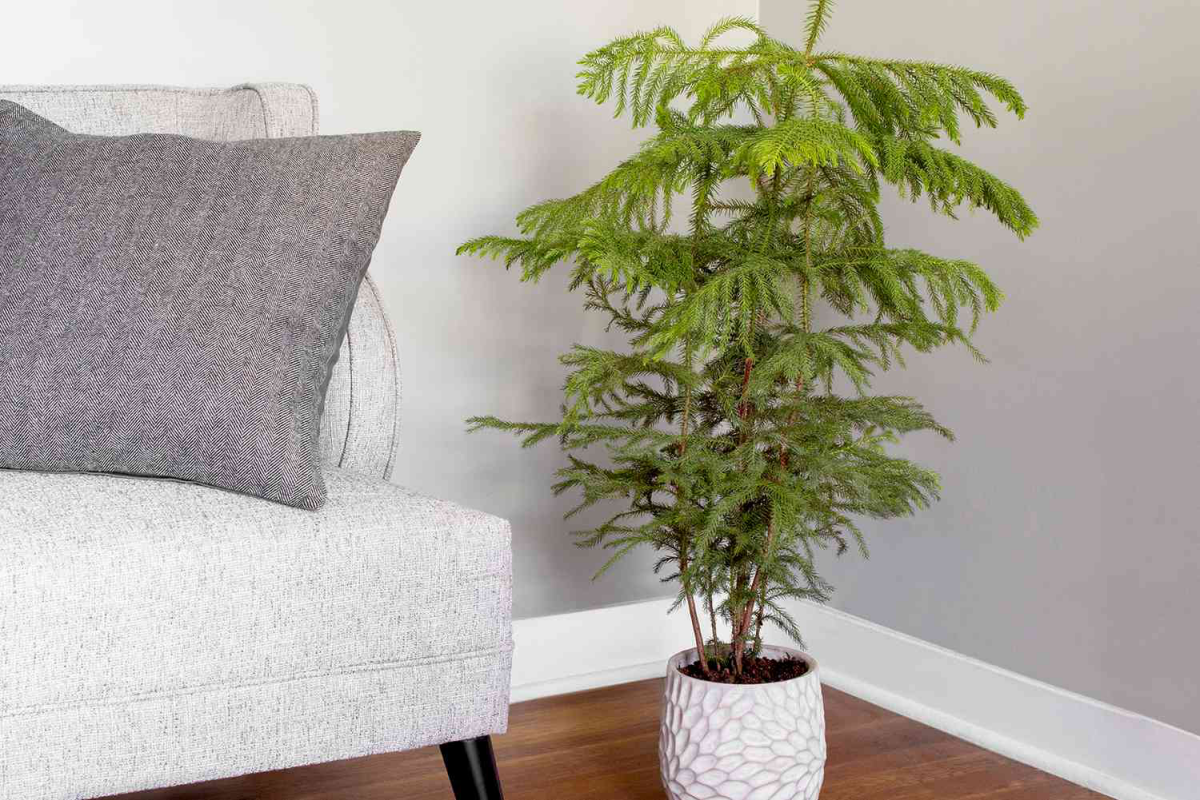
How do you really know when a giant plant needs water?
Don’t just trust the top inch of soil—in a large pot, the root ball can stay wet for weeks while the surface feels dry. The professional’s trick is to use a simple, thin wooden dowel (like one from a hardware store). Gently push it deep into the soil, halfway between the stem and the pot’s edge. Pull it out; if it comes out clean and dry, it’s time to water. If it has damp soil clinging to it, give it a few more days.
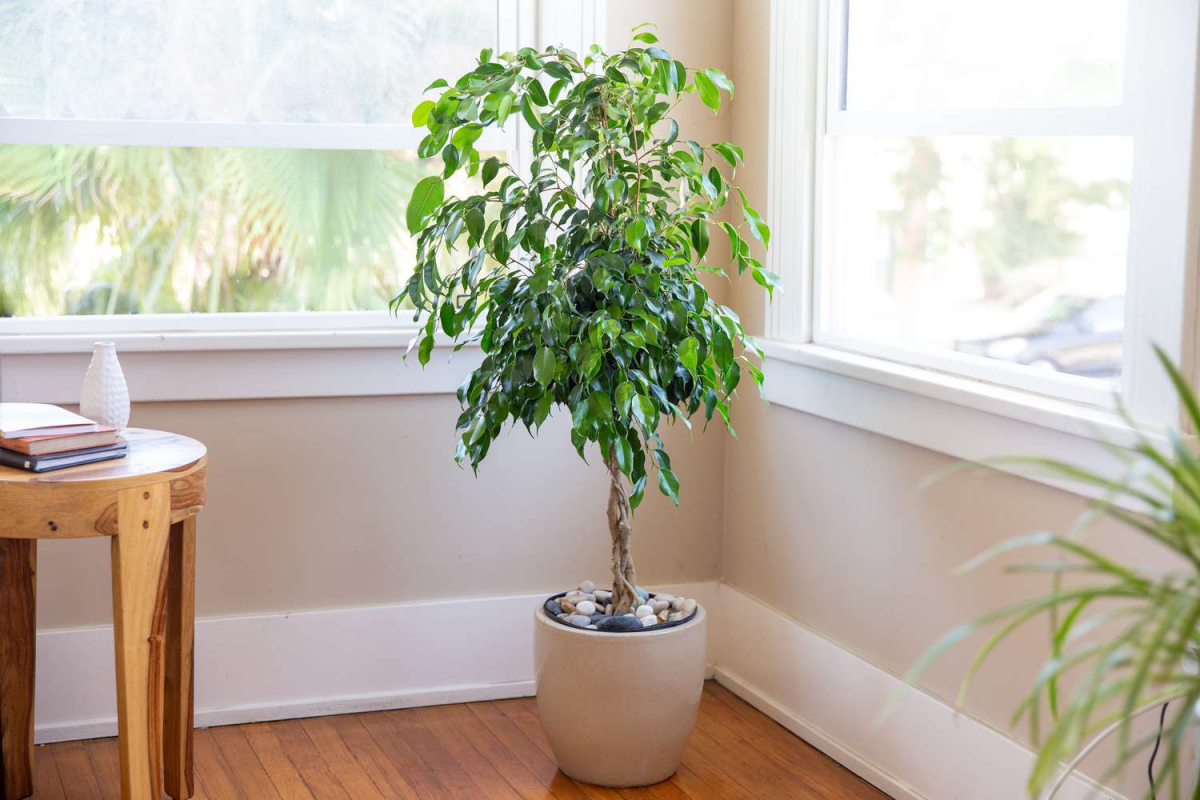
- Prevents the dreaded
Don’t let your investment become a home for unwanted guests. Before you even wheel that gorgeous 6-foot palm to the checkout, perform this quick 3-point pest inspection:
- Gently turn over several leaves to check their undersides for fine, silky webs (a sign of spider mites).
- Look closely at the stems and where leaves join for tiny brown or white bumps that look like scabs (this could be scale).
- Flick the soil surface lightly. If tiny black flies emerge, you’re looking at a fungus gnat infestation.
The forgotten chore: A large plant is a light-seeking missile. Without intervention, the side facing the window will thrive while the back languishes, leading to a lopsided, unhealthy-looking plant. Make it a habit to give your plant a quarter-turn every time you water. This ensures all sides get their share of sunlight, promoting even, robust growth and maintaining that statuesque silhouette you paid for.
Beyond the visual impact, a large plant fundamentally alters the sensory experience of a space. The subtle rustle of the leaves of a Kentia Palm can add a whisper of life to a silent room. The sheer mass of a Ficus Audrey can make a large, open-plan area feel more grounded and intimate, creating a natural focal point that invites calm and contemplation. It’s not just decor; it’s a living, breathing roommate.
Think beyond terracotta. Modern, lightweight fiberglass or fiberstone planters, like those from brands like Veradek or CB2, offer the monumental look of stone or concrete without the back-breaking weight, making them a perfect and practical choice for your indoor giant.
